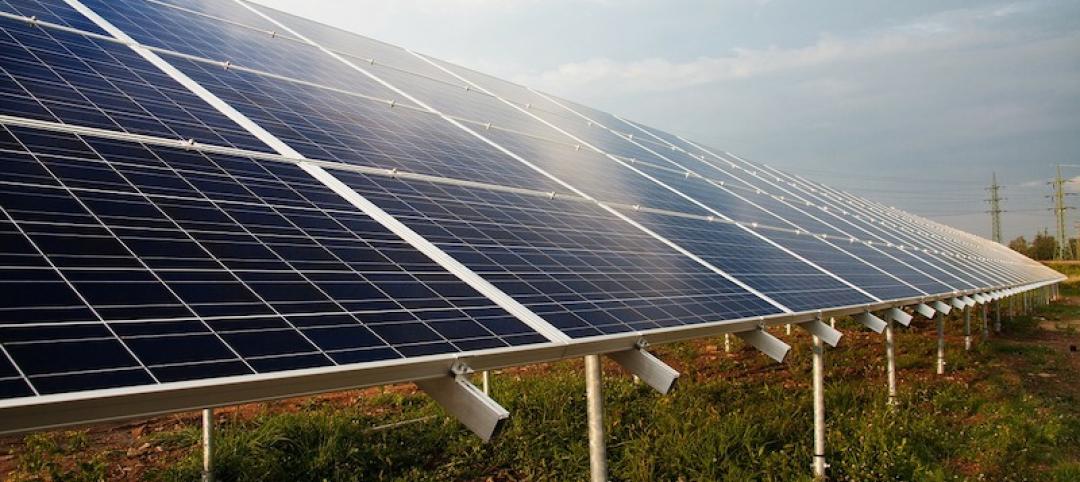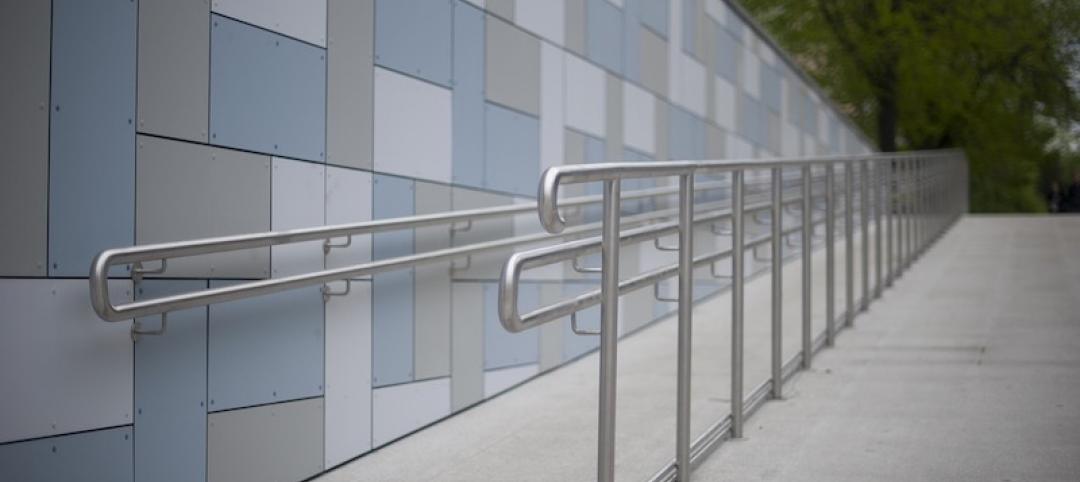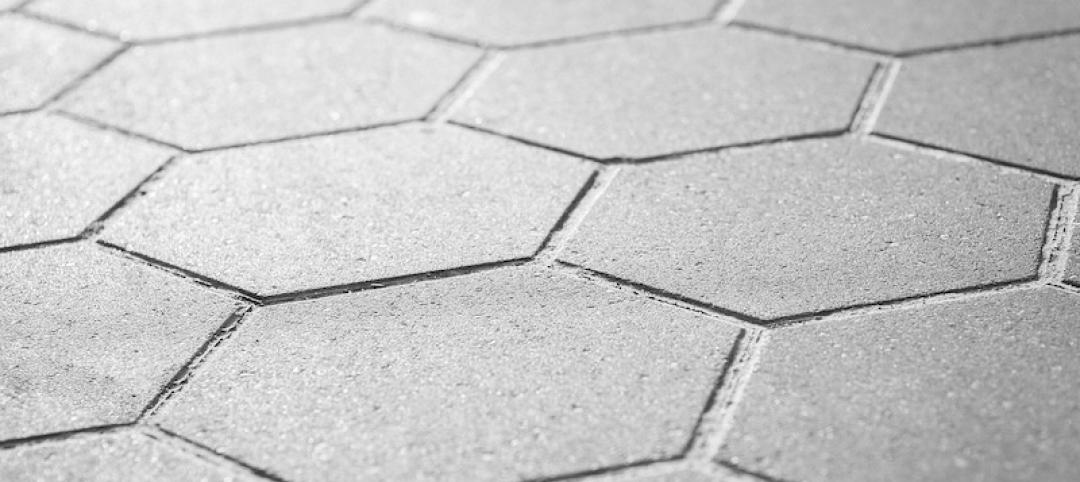Cushman & Wakefield’s 2022 Americas Office Fit-Out Cost Guide found supply chain constraints and shifting consumer demands will continue to add pressure to costs, both in materials and labor.
Increases in construction and customer demand for durable and non-durable goods have driven supply chain disruptions over the past two years. COVID-19 outbreaks and labor shortages have also wreaked havoc through ports and on trucking, transportation, and distribution capacities. The supply chain stress indices for both China and the U.S. ended 2021 up over 40% from pre-pandemic levels.
For office construction and fit-outs, these stressors have created increased delays, greater uncertainty, and higher costs. There appears to be some light at the end of the tunnel, though,
as the supplier delivery index that measures manufacturer delays has been receding
since the middle of 2021, the report says.
The waning of the pandemic may add more fuel to cost pressures, however, as office tenants are targeting the first half of 2022 for employees to return to a more standard office attendance model. “As office space usage increases, we expect organizations will expand their piloting and testing of different types of layouts related to hybrid work,” the report says. “This is likely to increase the amount of fit-out and office space construction activity in the coming quarters, creating even more demand for materials and labor.”
Related Stories
Codes and Standards | Oct 24, 2019
ASHRAE design contest winners demonstrate building resilience
Model building, a city hall, could operate without utility service for two weeks.
Codes and Standards | Oct 22, 2019
Efficient material design, low-carbon concrete are critical to cutting GHG emissions in construction
Enhancing building utilization and reusing materials also aid carbon reduction.
Codes and Standards | Oct 21, 2019
Historic properties not exempt from Americans With Disabilities Act
Some exceptions do apply.
Codes and Standards | Oct 18, 2019
St. Louis could save $61 million per year in energy costs by improved building performance
GHG gases can be reduced by at least 11% with upgrades to public buildings and large private buildings.
Codes and Standards | Oct 17, 2019
Slow payments cost GCs and subs $64 billion annually
Study finds 51-day average payment turnaround.
Codes and Standards | Oct 16, 2019
Cool pavement can make people hotter
Reflective coatings channel sunlight raising temperatures where pedestrians walk.
Codes and Standards | Oct 15, 2019
Utah adopts 2018 International Energy Conservation Code
Provisions include increased building envelope performance and reduced air infiltration.
Codes and Standards | Oct 14, 2019
States continue to beef up energy efficiency codes
ACEEE 50-state scorecard finds latest IECC code gaining adherents.
Codes and Standards | Oct 9, 2019
DOE releases Better Buildings Healthcare Financing Primer
Outlines financial strategies to implement energy-efficiency projects in healthcare.
Codes and Standards | Oct 8, 2019
Zero Carbon Buildings for All aims for ambitious emission reduction targets
Organization makes commitment to net zero carbon for all buildings by 2050.

















